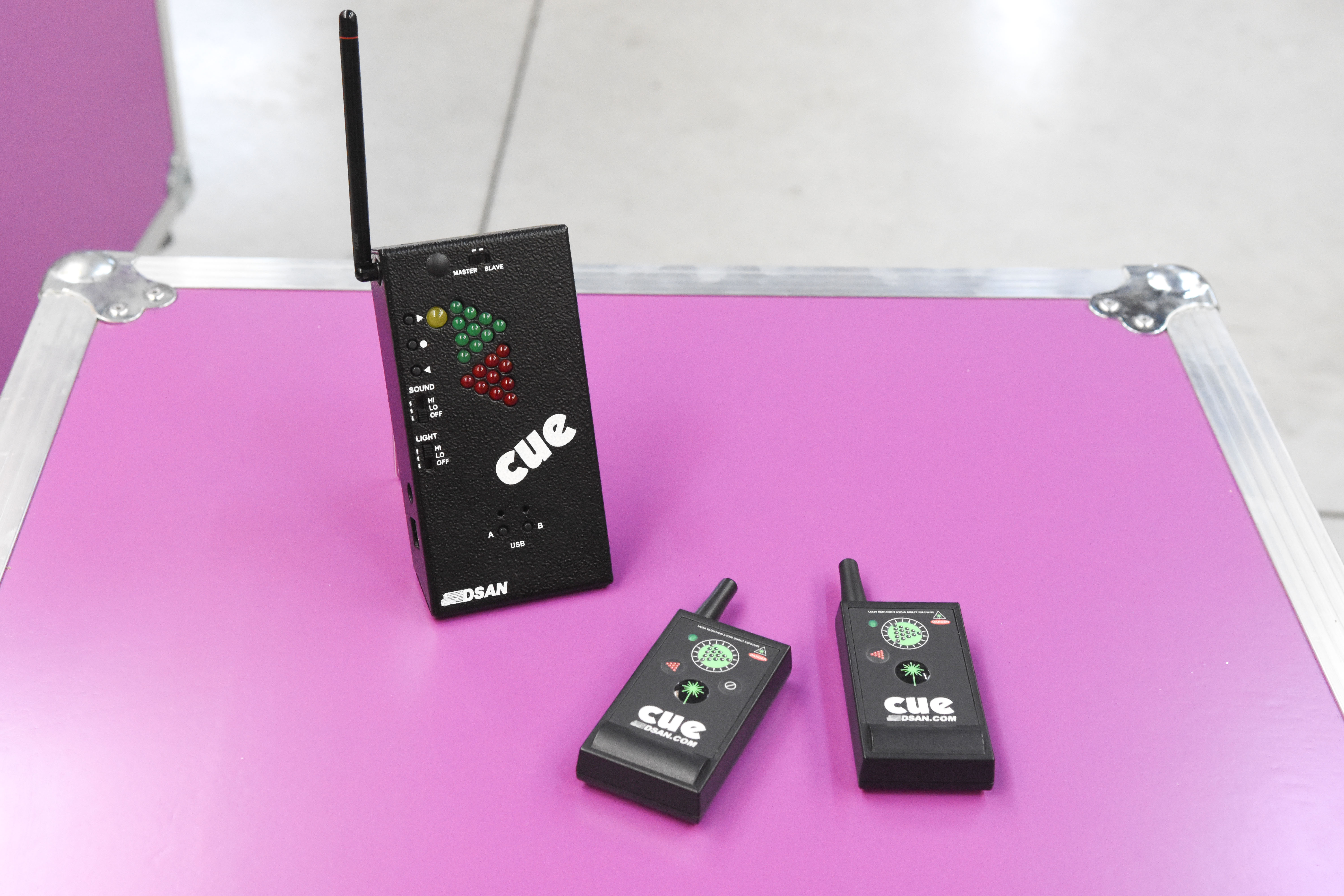

Next to Alternate Notation, click the Settings button.From the Available Styles pop-up menu, select Blank Notation with Rests: Layer 4.If you're not already viewing the score, choose Document > Edit Score.If you have entered cue notes in a linked part, you can hide them in the score or specific parts by using these steps. Select Small Slash ( Rhythmic Notation) and click OK.With the measure(s) still highlighted, choose Utilities > Change > Noteheads.Choose Plug-ins > Note, Beam, and Rest Editing > Single Pitch.Highlight the measure(s) in the slash notation staff with the new cue.Make any other changes required and click OK. From the Add Cue Notes to the Following Staves list, select your slash notation staff.Choose Plug-ins > Scoring and Arranging > Add Cue Notes.Highlight the measure(s) containing the cue you need in another staff.With the Selection tool, highlight the measure region that needs this notation right /CONTROL-click the region and choose your newly-defined style (named in step 3 above).Select Maestro from the Font list and click OK and OK.Under Independent Elements, select Notehead font and click the Select button next to it.Under Items to Display, click the Stem Settings button.Select Slash Notation, make sure Layer 1 is chosen in the Apply To: pop-up menu, and select Show: Notes under Other Layers.The Alternate Notation dialog box appears. Under Appearance, select Alternate Notation and click the Settings button next to it.Click the New button and give the staff style a name (such as "Slash with cues").In short, you now have cue notes in one layer (unaffected by the Blank Notation setting), and associated lyrics and markings at normal size in another layer-but they appear to be attached to the cue notes. The Blank Notation setting hides all notes in Layer 1, but preserves anything attached to them. Select Blank Notation: Layer 1, and then click OK.Choose Staff > Apply Staff Styles To > Score and Parts (or Current Part/Score).Attach your lyrics or other markings to the dummy notes.It makes no difference what the pitches are in a moment, they’ll be invisible. Enter normal-sized “dummy” notes in Layer 1 that match the rhythm of the cue notes.

If you’ve already attached lyrics or other elements to the cue notes, remove them you’ll be inserting them into a different layer. If you’ve already entered them in Layer 1, use Edit > Move/Copy Layers to put them into another layer. Enter the cue notes in Layer 2, 3, or 4.Under some circumstances, you may not want these attached items to change size along with the notes. When you shrink notes, Finale automatically shrinks anything attached to them proportionally-lyrics, articulations, and so on. Noteman says: For lyrics, a simpler alternative to this method is to specify a Fixed Size when you select a type size see To set the font for lyrics globally.


 0 kommentar(er)
0 kommentar(er)
